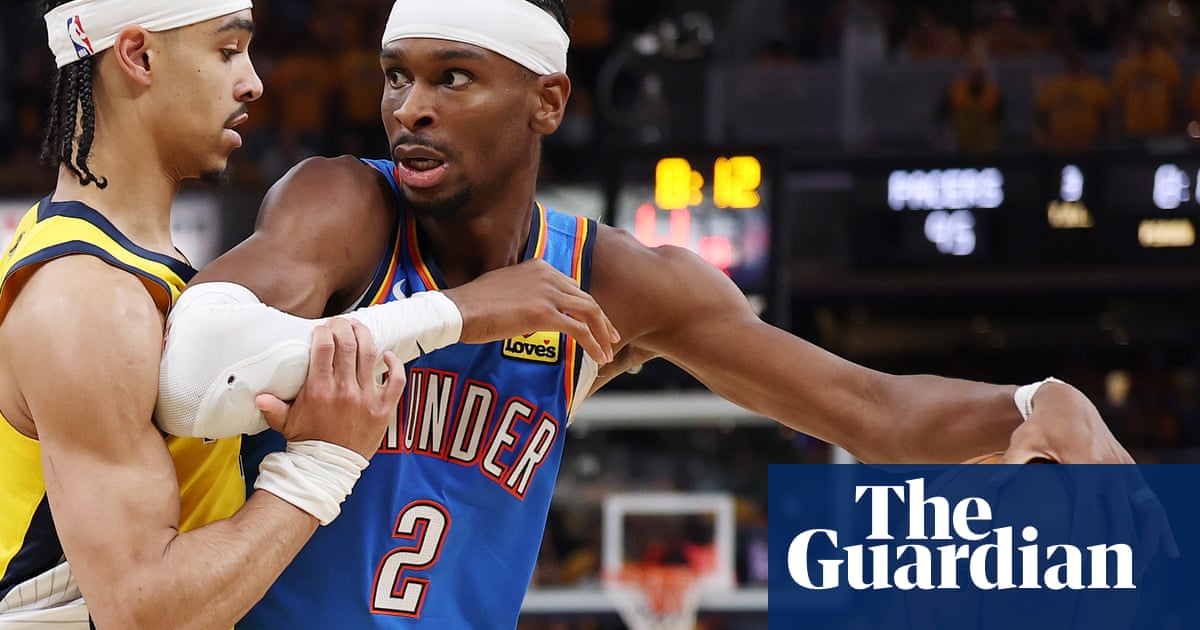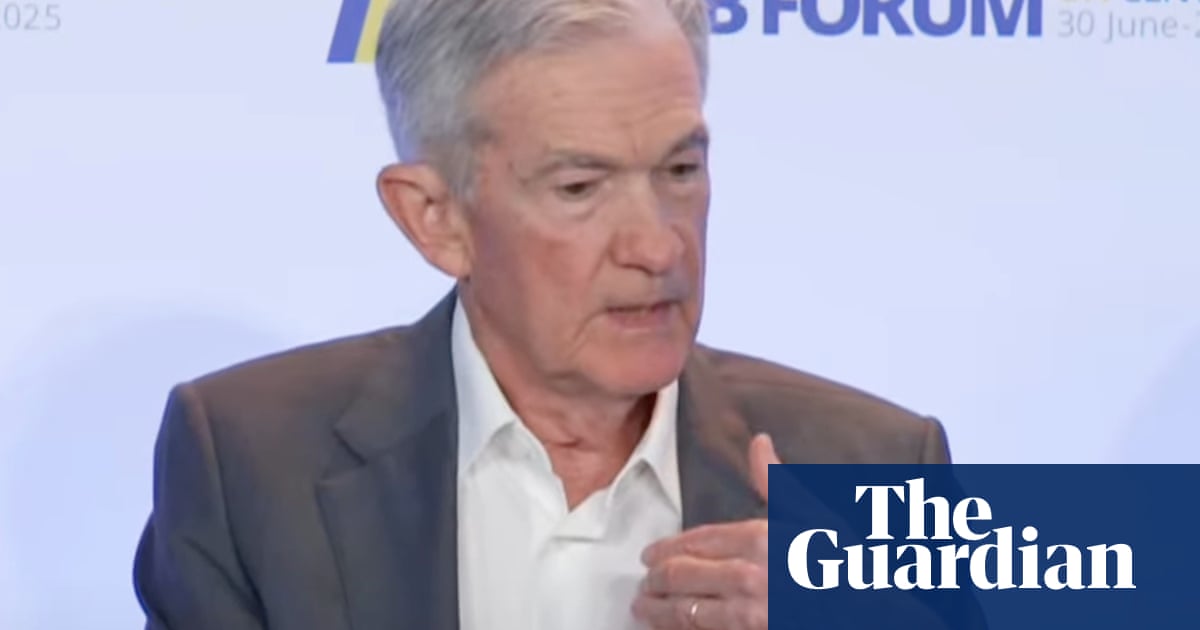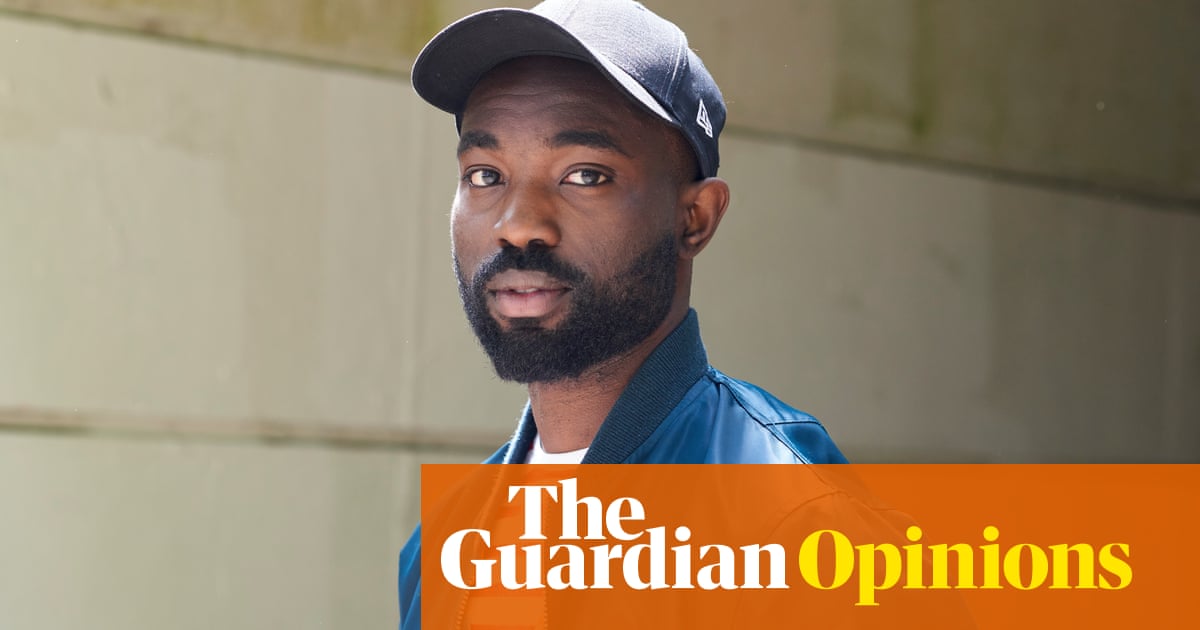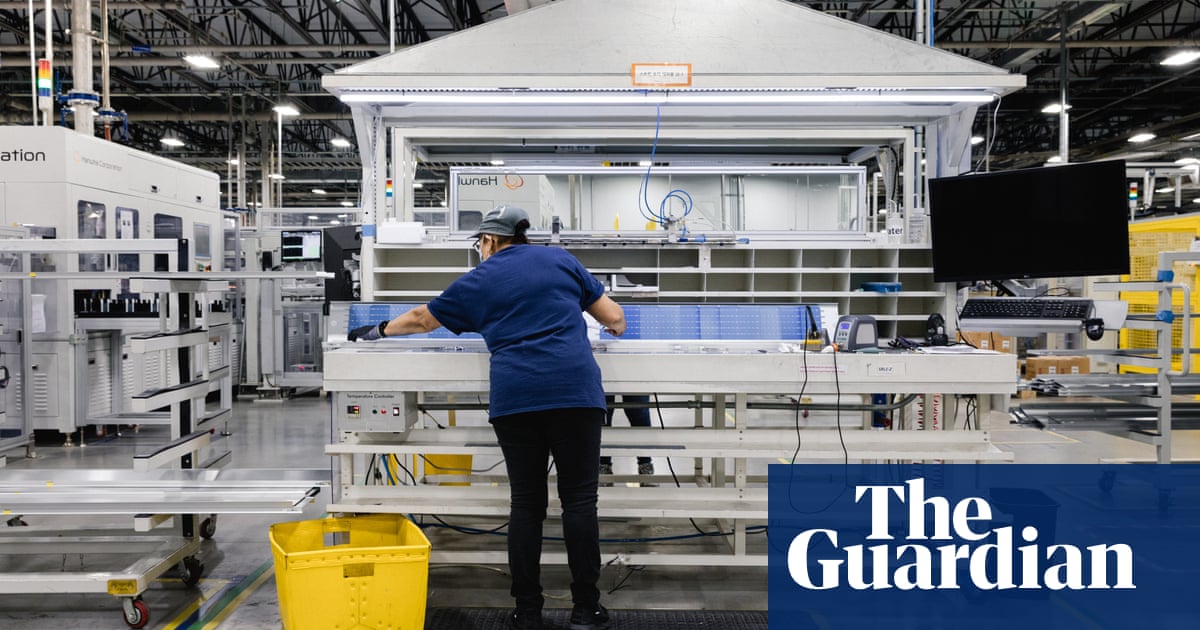The seafood chef and restaurateur Mitch Tonks recalls the moment things for him changed dramatically. It was March 2020, the start of Covid, when a local fishing boat skipper called him in a panic. “Nick was having a tough time; nobody was buying his catch, so I emailed our customer network,” he says.
Tonks asked people to bring cash and containers. The next morning, Nick landed his boat at Brixham, the south Devon port that is England’s largest fish market by value of catch sold. “About 150 people turned up to buy his fish. Many asked ‘why can’t we just buy fish straight off boats like this normally?’”
“That was my lightbulb moment,” says Tonks. “The seafood retail industry is pretty broken: so much fish gets wasted; supermarkets are closing their fish counters. So I’ve worked backwards from the problems to streamline a very clunky supply chain.”
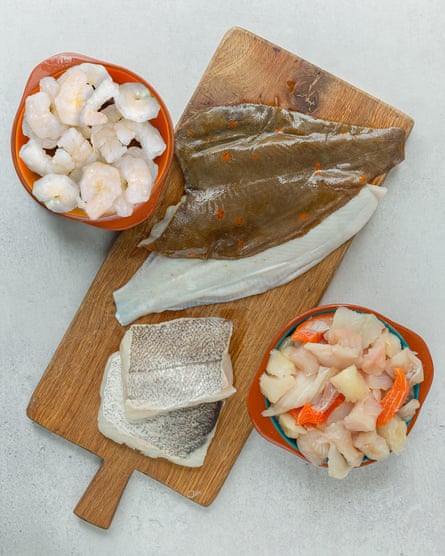
Fortuitously, a year earlier he had built a dedicated premises at Brixham, next door to the fish market, to be able to bring fish direct to his own restaurants from the boats. But it was the pandemic that became the catalyst to enable home delivery – and now customers buy directly from the quayside through his company Rockfish’s online seafood market, a digital fishmonger platform that supplies 12,000 homes with fish.
Tonks is far from alone. Five years ago, with fish markets and restaurants closed, it looked like the end of the line for many fishers and fishmongers – then something changed. A combination of word-of-mouth and social media gave some of those who fish off the UK’s shores the chance to reach new customers, resulting in new business models that have brought about a long-term shift in how some British fish is sold today.
Mike Warner, a Suffolk-based seafood consultant, saw his business come to “a grinding halt” during the pandemic, so he pivoted quickly. “With fish markets closed, nobody could get any fish. But the sea bass season was about to begin on 1 April – that’s a premium catch so I started working with Felixstowe fishermen.”
He borrowed a van, arranged a licence, then drove their catch to independent fishmongers in London. “I’d arrive at Rex Goldsmith, the Chelsea fishmonger in Cale Street, or the Notting Hill Fish Shop with a load of bass or lobster at 9am. There’d be queues of people, all socially distanced, waiting for us – it was quite something,” Warner says.
“London was like the set of a disaster movie – there was nobody there. It was an odd time, but a very lucrative time.”
Once fish markets reopened, Warner could not compete with the buying power of mainstream suppliers. As that “golden time” of lockdowns ended, he switched to supplying local restaurants and opened a fishmongers in Woodbridge, but not all fish retailers adapted.
“Some have gone bust, wound down or sold out,” says Warner, who is closing his shop this month as his online sales and consultancy get busier.
Warner noticed a move towards online retail during Covid. “The fish-box scheme had been proven to work. We started supplying the Wright Brothers [a premium seafood supplier] in London and the Wild Meat Company – they stopped doing wholesale completely. With just online retail, their turnover dropped but margins increased, so they became more profitable.”
Catches can now fetch good prices, partly thanks to digital innovation, says Warner. Newlyn in Cornwall and Brixham fish markets have “electronic clock” online auctions, rather than traditional “shout” sales, so the fresh catch can fetch competitive prices from a wider range of buyers.
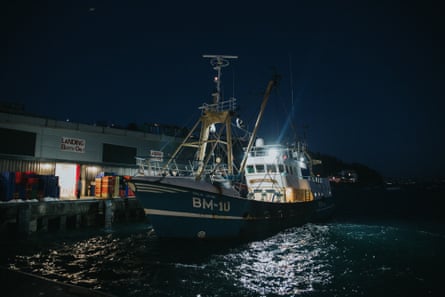
Jeremy Grieve buys fish from Brixham at 6am while drinking coffee in his home office, 180 miles away in Guildford, Surrey. When Grieve joined the Fish Society, an online fish-box retailer, in 2016, the “tide was beginning to turn” for e-commerce.
By 2019, the company had developed a more advanced digital platform, but customers were not convinced that fish sent by courier would arrive fresh. “We had an online fish-selling Ferrari, we just weren’t in the right race. Covid gave us the opportunity to flex our muscles,” says Grieve, now chief executive of the Fish Society.
On 23 March 2020, the then prime minister, Boris Johnson urged people to stay at home and use food-delivery services. Overnight, the Fish Society turnover grew by 400%. “Business changed considerably – we went seven days a week, 24 hours a day for an extended period.

“Our team grew from about eight people to 30,” says Grieve. “Our turnover this year will be about 700% higher than the year leading into Covid.”
As well as delivering 1,500 weekly orders to customers, fish portions are sold to recipe-box companies and cruise ships. That is only possible, Grieve says, because fish is sold frozen. This minimises waste – if kept refrigerated, it’s more likely to get thrown away when it approaches its expiry date.
Before Covid, food was couriered in polystyrene boxes but as e-commerce markets expanded rapidly, so too did sustainable packaging options. The Fish Society switched to cardboard packing formats; Rockfish uses recycled ocean plastic containers that can be returned to the company in exchange for a credit towards subsequent purchases.
Covid has provided opportunities for consumers too. “If you want to know the provenance of a catch, to know what you are buying, you can find out. The traceability is there,” says Warner.
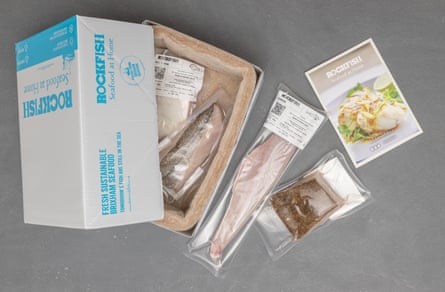
“Not everyone can buy online yet [due to often restricted delivery areas] or visit a local fishmonger, but it’s a nettle that the industry has grasped.”
Forecasts suggest that 2.3 million people in the UK will use food subscription boxes – or meal kits – this year. The pandemic had a “seismic” effect on how people consume food at home, according to Seth McCurry, UK and Ireland senior commercial manager for the Marine Stewardship Council, the organisation that sets globally recognised standards for sustainable seafood.
“The rising profile of e-commerce platforms has offered unique opportunities for the seafood industry to connect with consumers in new ways,” says McCurry. “This has been particularly true since a number of major retailers permanently closed their fish counters in the years following the pandemic.”
Meanwhile, Tonks is trialling a virtual fish counter – a touchscreen that displays fresh fish for sale – at Gloucester motorway services on the M5. Soon, that will be rolled out into his own Rockfish restaurants across the south-west.
“To have sustainable fisheries for the future, not only do we have to change practices on the water,” he says, “we also have to change practices on land.”

 2 months ago
82
2 months ago
82

















